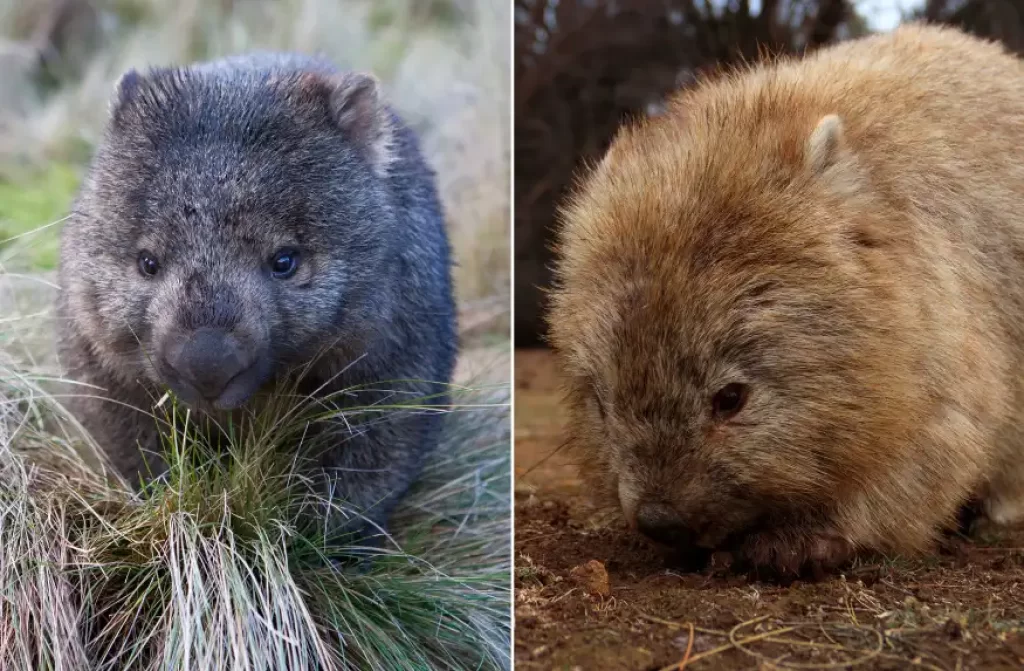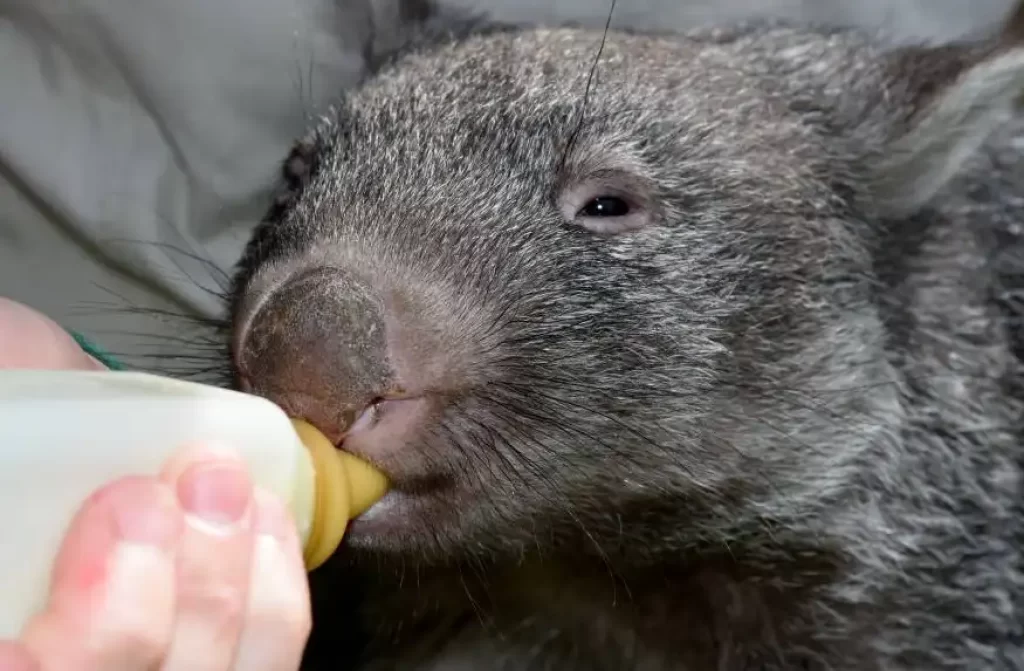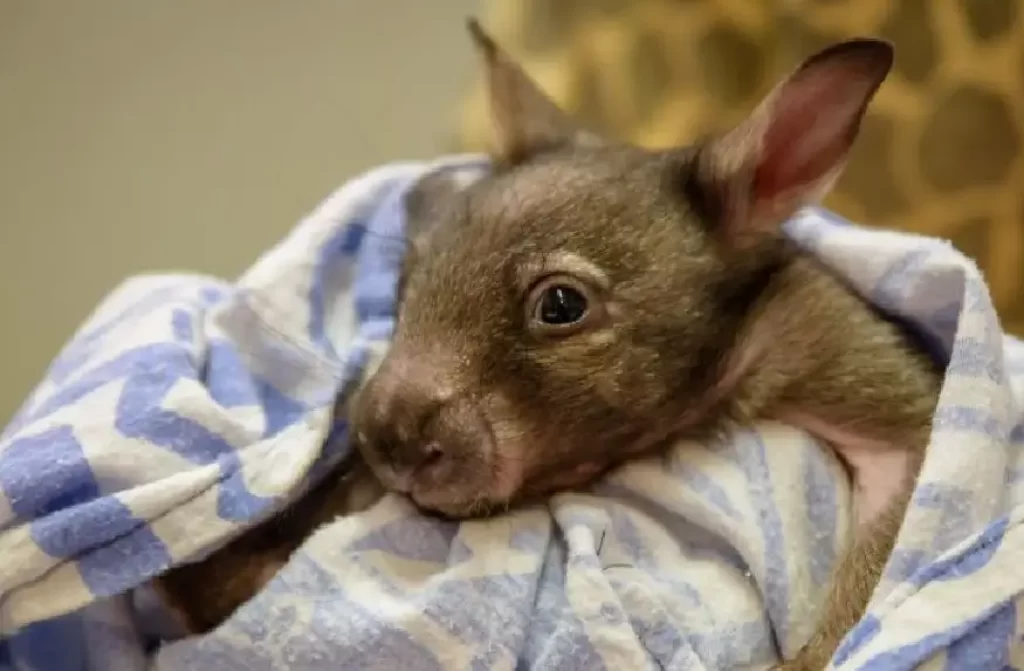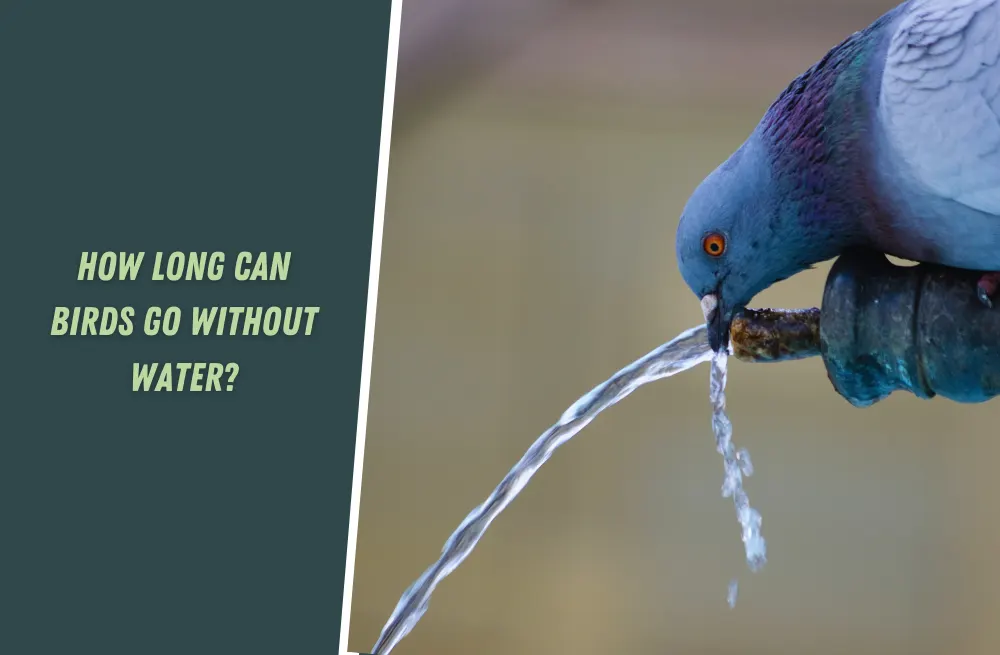No, it is not possible to milk a wombat. Wombats are marsupials, and milk is produced by their mothers to nourish their young joeys. Milking a wombat would be both impractical and harmful to the animal. It’s important to allow wombats to live in their natural habitat and receive the care they need from their mothers.
In this article, we will explore the reasons why wombats cannot be milked, delving into their reproductive biology, maternal care, and nutritional requirements.
Understanding Wombats: Why They Can’t Be Milked

Wombats are fascinating marsupials native to Australia. While they have unique characteristics and behaviors, one thing they cannot provide is milk for human consumption.
Wombats and Reproduction
Wombats have a distinctive reproductive system that is different from that of most mammals. Female wombats have a pouch where they carry and nurse their young, called joeys.
The joeys are born underdeveloped and crawl into the pouch, where they latch onto a teat to feed on their mother’s milk. This milk is specially formulated to meet the nutritional needs of the growing joey.
Maternal Care and Bonding
The bonding and nurturing process between mother wombats and their joeys is crucial for the survival and development of the young.
The mother provides all the necessary nutrients, including milk, to support the joey’s growth. The milk composition changes over time to meet the evolving needs of the joey, providing essential antibodies and nutrients for its immune system and overall development.
Unique Milk Production
Wombat milk production is tailored specifically for their young and is not intended for human consumption.
The composition of wombat milk differs from that of domesticated dairy animals like cows or goats. It contains nutrients and components that are essential for the growth and development of wombats but may not be suitable or beneficial for humans.
Ethical Considerations
Attempting to milk a wombat for human consumption would be both impractical and unethical. Milking a wombat would disrupt the natural bonding and nursing process between the mother and joey, potentially causing stress and harm to both the animal and the offspring.
It is crucial to respect the natural behaviors and welfare of wombats by allowing them to live and reproduce in their natural habitat without human interference.
Are there any alternative milk sources for feeding orphaned or injured wombats?

Yes, there are alternative milk sources available for feeding orphaned or injured wombats. Since wombats are not domesticated animals and their milk is not readily accessible, specialized milk formulas have been developed as substitutes. These formulas are specifically designed to meet the nutritional needs of young wombats.
One commonly used milk substitute for wombats is a commercial marsupial milk replacer. These replacers are formulated to mimic the composition of wombat milk as closely as possible. They typically contain a combination of ingredients such as powdered milk, oils, proteins, vitamins, and minerals to provide a balanced diet for the growing joey.
When feeding orphaned or injured wombats, it is crucial to follow the recommended guidelines for preparing and administering the milk substitute. Proper hygiene, temperature control, and feeding schedules are important to ensure the health and well-being of the young wombat.
It is also essential to work with experienced wildlife rehabilitators or veterinarians who can provide guidance and supervision during the feeding process.
While these milk substitutes can help nourish and support the growth of orphaned wombats, it is important to note that they are not a long-term solution. The ultimate goal is to reintroduce the young wombats back into the wild, where they can feed on their natural diet and develop their survival skills.
If you come across an orphaned or injured wombat, it is best to contact local wildlife rescue organizations or authorities who can provide appropriate care and rehabilitation for the animal.
What is a wombat milk substitute?

Wombat milk is specifically formulated to meet the nutritional needs of their young joeys and is not readily available as a substitute for human consumption. Due to the unique composition of wombat milk, finding an exact substitute is challenging.
In situations where a wombat joey requires hand-rearing due to maternal separation or other reasons, wildlife rehabilitators or experts may use specialized milk formulas designed for marsupials. These milk replacers are formulated to mimic the nutritional content and composition of marsupial milk as closely as possible.
Milk replacers for marsupials are typically available through specialized wildlife care organizations or veterinary suppliers. They are specifically formulated to provide the necessary nutrients, including proteins, fats, carbohydrates, vitamins, and minerals, to support the growth and development of the joey.
It is important to note that hand-rearing a wombat joey should only be done by experienced wildlife rehabilitators or professionals who have the knowledge and resources to provide appropriate care. The use of milk substitutes should follow the guidance and instructions provided by experts to ensure the best possible outcomes for the joey’s health and well-being.
Are wombats friendly?
Wombats are generally not considered to be friendly or sociable animals, particularly towards humans. They are wild animals with natural instincts and behaviors that prioritize their own survival and well-being. Wombats are known to be territorial and can display aggressive behaviors if they feel threatened or cornered.
While there have been rare instances where wombats have shown some level of tolerance or curiosity towards humans, it is important to remember that they are still wild animals and should be treated with caution and respect. It is advisable to observe wombats from a safe distance and avoid approaching or attempting to interact with them.
Additionally, it’s worth noting that keeping wombats as pets is generally not recommended or legal in many jurisdictions.
Wombats have specific habitat and dietary requirements that are difficult to replicate in a domestic setting, and their natural behaviors can be challenging to manage in captivity. It is best to appreciate wombats in their natural habitat and support conservation efforts to protect their populations.
Conclusion
While wombats are intriguing creatures, they cannot be milked for human consumption. Their unique reproductive system, maternal care, and the specialized composition of their milk make it unsuitable and unethical to attempt to extract milk from them.
It is important to appreciate and protect wombats in their natural environment, allowing them to fulfill their ecological role and contribute to the biodiversity of the Australian landscape.
Up Next:
- Wombats: Australia’s Enigmatic Burrowers
- What Do Wombats Eat?
- Why Do Wombats Poop Cubes?
- Virginia Opossum







